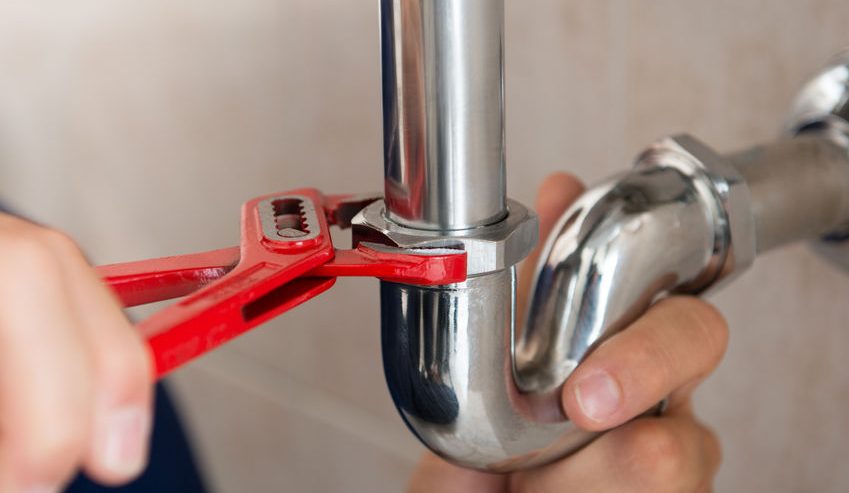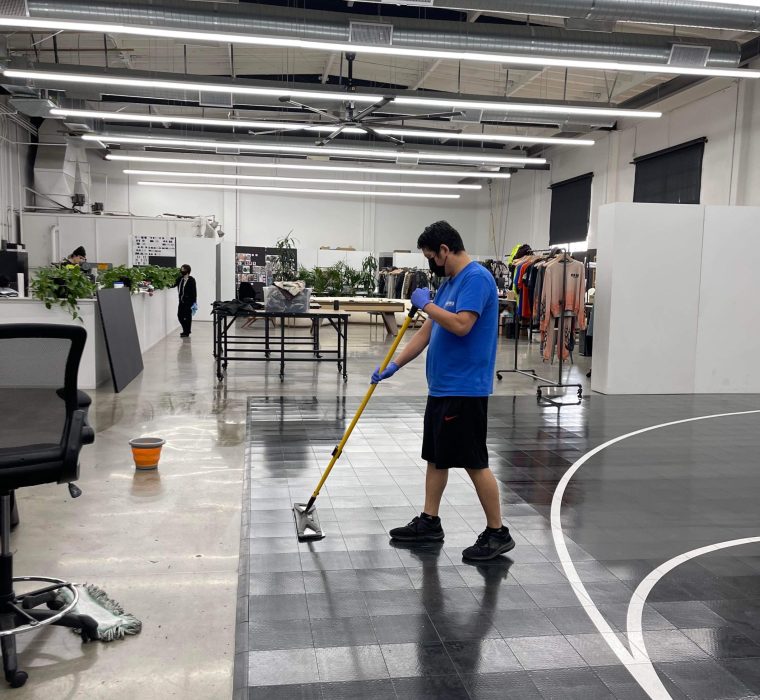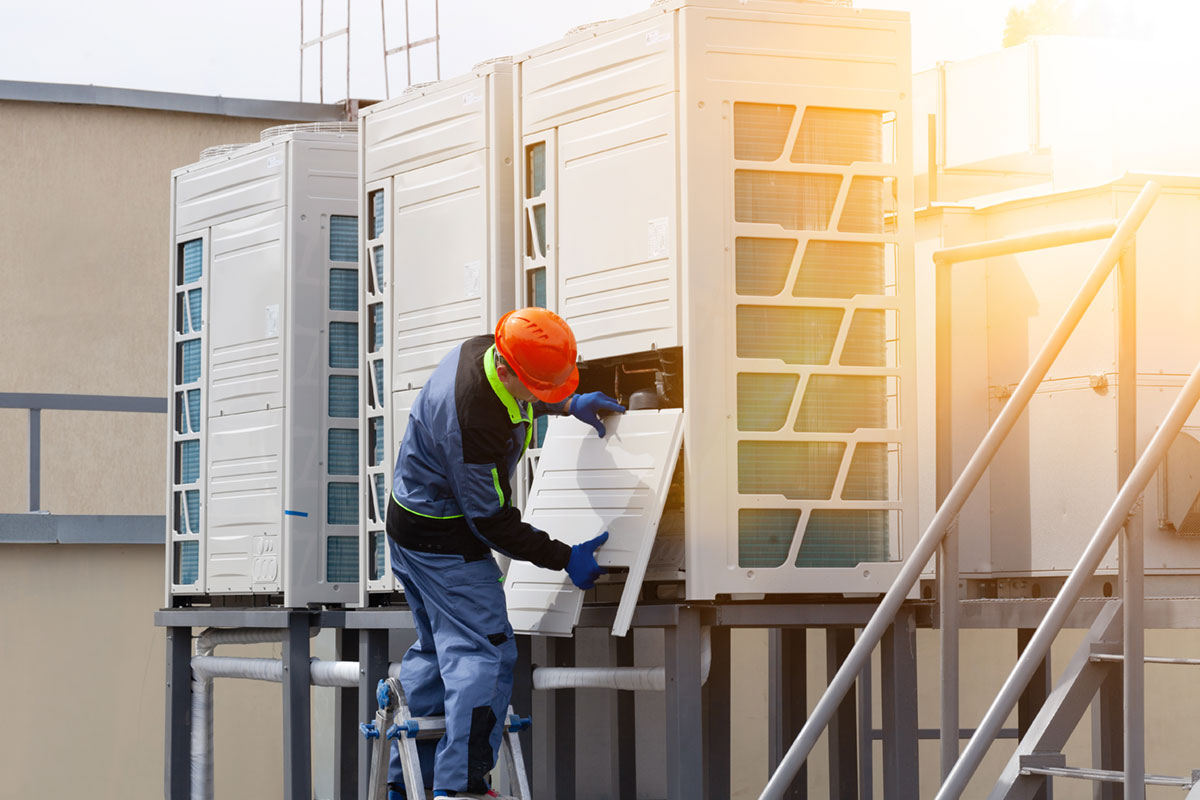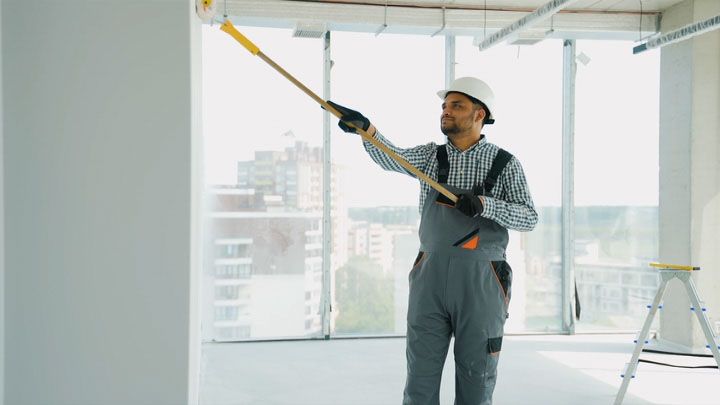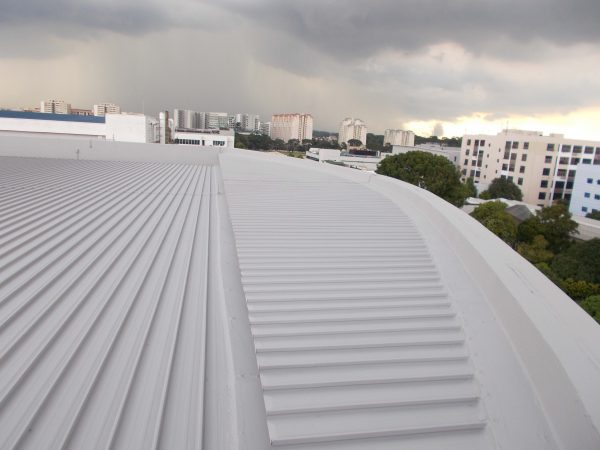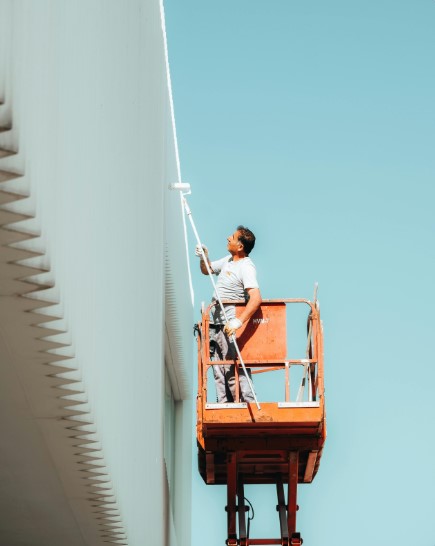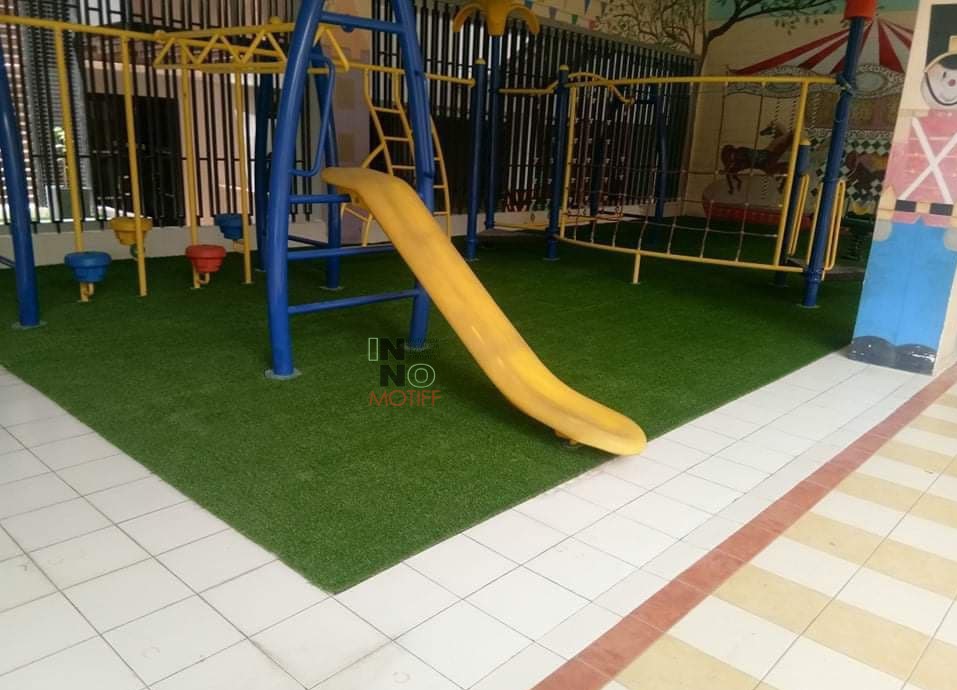Water leakage is more than just a minor inconvenience. It is a problem that can compromise the safety, comfort, and value of your home or business property. Small leaks, if left unnoticed, can escalate into significant structural damage, electrical hazards, and health issues due to mold and mildew. Understanding how to detect, repair, and prevent water leakage is crucial for every property owner. From plumbing failures to roof leaks, water can find its way into places you least expect, quietly causing extensive damage over time.
Understanding Water Leakage
Water leakage refers to the unintended escape of water from pipes, roofs, walls, or other parts of a building. In residential and commercial spaces, leaks can manifest in multiple ways. Some are visible, such as dripping faucets, wet spots on ceilings, or puddles on the floor. Others are hidden, silently seeping through walls or under flooring, weakening structural components. The impact of water leakage extends beyond property damage. It can increase utility bills, promote mold growth, and degrade indoor air quality. Detecting leaks early is critical to avoid costly repairs and health risks. Recognizing common signs such as damp patches, musty odors, or sudden increases in water bills can save you from major damage. Water leakage repair starts with identifying the problem before it spreads further.
Common Causes of Water Leakage
Understanding the root causes of water leakage helps prevent future problems. Aging pipes are often prone to corrosion and cracks, allowing water to escape. Faulty plumbing installations or poorly sealed joints can also result in persistent leaks. Blocked or damaged drainage systems, whether from debris or structural failures, can cause water to back up and seep into unwanted areas. Roof leaks often occur due to broken shingles, cracked tiles, or insufficient waterproofing. Seasonal changes, such as heavy rain or freezing temperatures, can exacerbate hidden leaks. Even minor maintenance neglect, like failing to clean gutters or inspect plumbing, can escalate into major leakage issues. Recognizing these factors is the first step in safeguarding your property.
Detecting Water Leakage Early
Early detection of water leakage is essential to minimize damage and repair costs. Various methods can help you identify leaks before they worsen. Visual inspections of walls, ceilings, and floors are the simplest approach, looking for dampness or discoloration. Moisture meters can provide precise measurements of hidden damp areas. Infrared cameras are another advanced tool that detects temperature changes caused by water accumulation. Monitoring water bills for unusual spikes can also indicate undetected leaks. Paying attention to changes in water pressure and unusual sounds, like dripping or hissing, can alert you to a problem. Professional leak detection services can provide an accurate assessment and prevent costly structural damage. Early detection ensures repairs are efficient and less disruptive.
Effective Water Leakage Repair Techniques
Repairing water leaks requires an understanding of the affected area and the severity of the damage. Some common techniques include:
- Pipe repairs, including patching small cracks, replacing corroded sections, or sealing joints
- Wall and ceiling repairs, involving drying, sealing, and repainting damaged areas
- Roof leak repair, using shingle replacement, waterproof coatings, or sealants
- Advanced solutions such as epoxy injections and trenchless pipe repair for severe plumbing problems
- Temporary fixes like sealing tape or putty while arranging permanent repairs
It is crucial to differentiate between temporary and permanent solutions. Temporary fixes can control the leak for the short term but may not address the root cause. Hiring professional repair services ensures that leaks are fully addressed, preventing recurring problems. Knowing the right method for each type of leak saves time, effort, and money while protecting your property from further damage.
Preventing Future Water Leakage
Preventing water leakage is as important as repairing it. Consistent maintenance and monitoring can significantly reduce the likelihood of leaks. Key preventive measures include:
- Regular plumbing inspections to identify early signs of corrosion or joint weakness
- Using high-quality pipes and fittings to ensure durability
- Proper maintenance of drainage systems to prevent blockages
- Waterproofing roofs, basements, and bathrooms to protect against water penetration
- Monitoring water pressure to detect sudden changes that may indicate leaks
- Seasonal checks for roof integrity and plumbing system health
Preventive care not only protects your property but also saves money in the long run. Addressing small issues before they escalate ensures your home or business remains safe and structurally sound. A proactive approach to water leakage repair is the most reliable way to maintain the longevity of your property.
Costs and Considerations in Water Leakage Repair
Water leakage repair costs vary depending on the type, severity, and location of the leak. Minor plumbing issues can often be repaired at a low cost, while extensive roof or wall damage can require significant investment. Factors such as labor, materials, and the complexity of the repair influence overall expenses. Insurance may cover some types of water damage, but preventive measures reduce reliance on claims. Budget-friendly options include routine maintenance, DIY minor repairs, and early detection of leaks. Deciding between DIY repairs and hiring professionals depends on skill level, safety considerations, and the potential risk of further damage. Understanding costs and considerations allows property owners to make informed decisions regarding water leakage repair.
Frequently Asked Questions
- How can I tell if a leak is hidden behind walls or ceilings?
Signs include damp patches, peeling paint, musty odors, or unexplained water stains. Advanced tools like moisture meters or infrared cameras can help detect hidden leaks. - Can minor leaks really cause major damage over time?
Yes. Even small leaks can weaken structural materials, promote mold growth, and increase utility bills if left unaddressed. - Are there eco-friendly solutions for leak repairs?
Environmentally friendly materials like non-toxic sealants, durable piping, and water-saving fixtures can be used in repairs to reduce environmental impact. - How long does a typical water leakage repair take?
Minor repairs may take a few hours, while major plumbing or structural repairs can take several days, depending on severity and area affected. - Can water leaks cause mold, and how is it treated?
Yes, mold thrives in damp environments. Treatment includes thorough drying, cleaning affected areas, and using mold-resistant coatings to prevent recurrence. - How often should I have my plumbing system inspected?
Annual inspections are recommended, or more frequently in older buildings or areas prone to leaks.
Takeaway
Water leakage repair is a critical aspect of property maintenance that protects both structural integrity and health. Identifying leaks early, choosing appropriate repair techniques, and taking preventive measures can save time, money, and stress. Whether through routine inspections, professional repair services, or proactive maintenance, addressing water leakage ensures your home or business remains safe and resilient. By prioritizing leak detection and repair, property owners can safeguard their investment while maintaining a comfortable and secure living or working environment.

